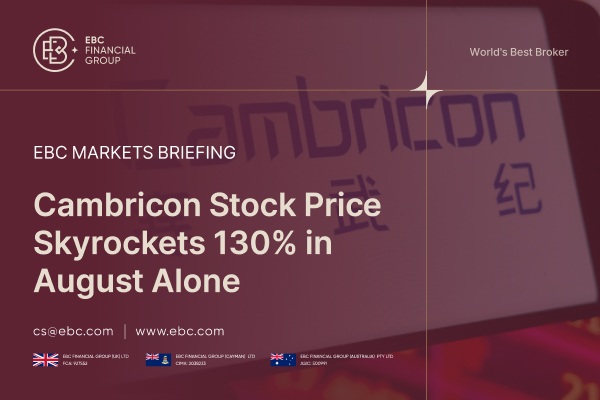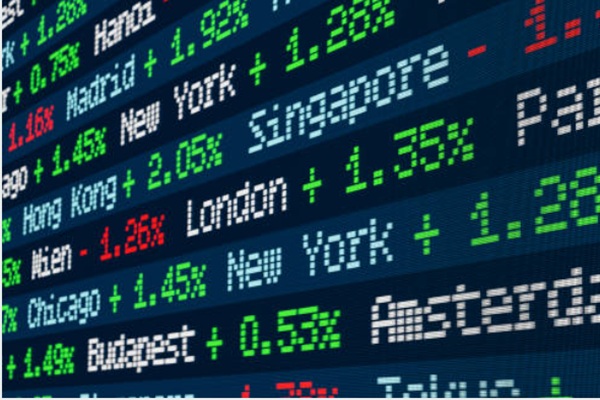When it comes to understanding central bank decisions, especially around interest rates and inflation, the terms hawks and doves are hard to ignore. These metaphors have become an essential part of financial language, shaping market expectations and influencing monetary policy worldwide.
But what do they really mean? And how do hawks and doves affect the economy, markets, and your investment decisions?
What Are Hawks and Doves in Monetary Policy?

Hawks and doves are labels used to describe the opposing views within central banks when it comes to setting monetary policy. Hawks typically focus on price stability and are more inclined to raise interest rates to combat inflation. They believe that keeping inflation low is essential to economic health, even if it slows growth in the short term.
Doves, on the other hand, place greater emphasis on economic growth and employment. They tend to support lower interest rates and more accommodative monetary policy, especially during periods of economic slowdown or uncertainty. Doves are generally more tolerant of higher inflation if it means stimulating growth and reducing unemployment.
The tension between hawks and doves is often visible during monetary policy meetings, such as those held by the Bank of England, the European Central Bank, or the US Federal Reserve. Understanding where a central bank leans, either hawkish or dovish, can offer crucial insights for investors and traders alike.
How Hawks and Doves Influence Interest Rates
Interest rates are perhaps the most visible tool used by central banks, and hawks and doves approach this tool quite differently. A hawkish stance usually translates into tighter monetary policy. This might involve raising interest rates or reducing quantitative easing measures. Such actions are taken to prevent the economy from overheating and to curb inflation.
In contrast, a dovish central bank might cut interest rates or maintain them at low levels to encourage borrowing and investment. Doves are especially vocal during recessions or periods of weak job growth. They argue that monetary policy should support demand and employment, even if inflation rises modestly as a result.
Market participants pay close attention to central bank statements, speeches by policymakers, and voting patterns to determine whether the balance of power is tilting toward hawks or doves. A shift in tone from dovish to hawkish, or the other way around, can move currencies, equities, and bond markets in a matter of minutes.
The Historical Roots of Hawks and Doves
The use of hawks and doves as monetary metaphors dates back to the 1960s in the United States, initially used in discussions around foreign policy. Over time, the terms migrated into the economic and financial arena, particularly during periods of intense inflation or economic stress.
One of the most notable hawks in modern financial history was Paul Volcker, former Chair of the Federal Reserve, who aggressively raised interest rates in the early 1980s to combat double-digit inflation. His policies caused a recession but ultimately restored price stability.
Doves have also made their mark. Figures like Ben Bernanke and Janet Yellen adopted more dovish policies in the wake of the 2008 financial crisis, using historically low interest rates and large-scale asset purchases to revive economic growth and employment.
The Market Impact of Hawks and Doves
The influence of hawks and doves goes well beyond central banks. Their stance can have ripple effects across global financial markets. A hawkish central bank can lead to a stronger currency, as higher interest rates attract foreign capital. This might also weigh on equities, especially growth stocks, which tend to be more sensitive to interest rate hikes.
A dovish shift, meanwhile, often results in weaker currencies and stronger equity markets, especially if investors expect a prolonged period of low borrowing costs. Bond markets react sharply as well, with yields rising or falling depending on the perceived direction of interest rates.
For example, when a central bank signals a hawkish pivot, traders may anticipate a series of rate hikes, which in turn affects yield curves and borrowing costs. Conversely, if policymakers strike a dovish tone, it may ease market fears and support risk-taking behaviour.
Central Bank Communication and Market Sentiment
Every statement or speech from a central banker is carefully dissected for signs of hawkish or dovish language. Even a single word change in a policy statement can shift sentiment dramatically. Central banks are well aware of this and often use forward guidance to prepare markets for upcoming policy shifts.
This is where understanding hawks and doves becomes more than just academic. If a previously dovish policymaker adopts a more hawkish tone, it can signal a turning point in policy. Similarly, if traditionally hawkish officials begin to sound cautious, markets may interpret this as a pause or reversal in tightening efforts.
How Traders Use Hawks and Doves to Guide Strategy
Traders and investors use their understanding of hawks and doves to shape their strategies. Currency traders, for example, monitor central bank speeches to anticipate rate moves. Equity investors may adjust their portfolios based on the expected cost of borrowing and inflation pressures. Bond traders closely watch for changes in tone that could signal yield shifts.
Macro hedge funds and institutional investors incorporate central bank leanings into their models, often assigning probabilities to hawkish or dovish outcomes and adjusting their risk exposure accordingly.
Retail traders are increasingly aware of these dynamics too. With access to real-time economic news and central bank commentary, they can also benefit from understanding the tug-of-war between hawks and doves.
Conclusion
Despite the evolution of monetary policy tools and the growing complexity of financial markets, the basic dynamic between hawks and doves remains central to economic forecasting. These labels help simplify a complex world, allowing market participants to quickly interpret policy shifts and act accordingly.
Whether you are a long-term investor or an active trader, recognising the signs of hawkish or dovish sentiment in central bank communication can provide a valuable edge. The ability to anticipate how policymakers will respond to inflation, unemployment, and global risks can shape market outcomes for weeks or even months ahead.
Disclaimer: This material is for general information purposes only and is not intended as (and should not be considered to be) financial, investment or other advice on which reliance should be placed. No opinion given in the material constitutes a recommendation by EBC or the author that any particular investment, security, transaction or investment strategy is suitable for any specific person.







